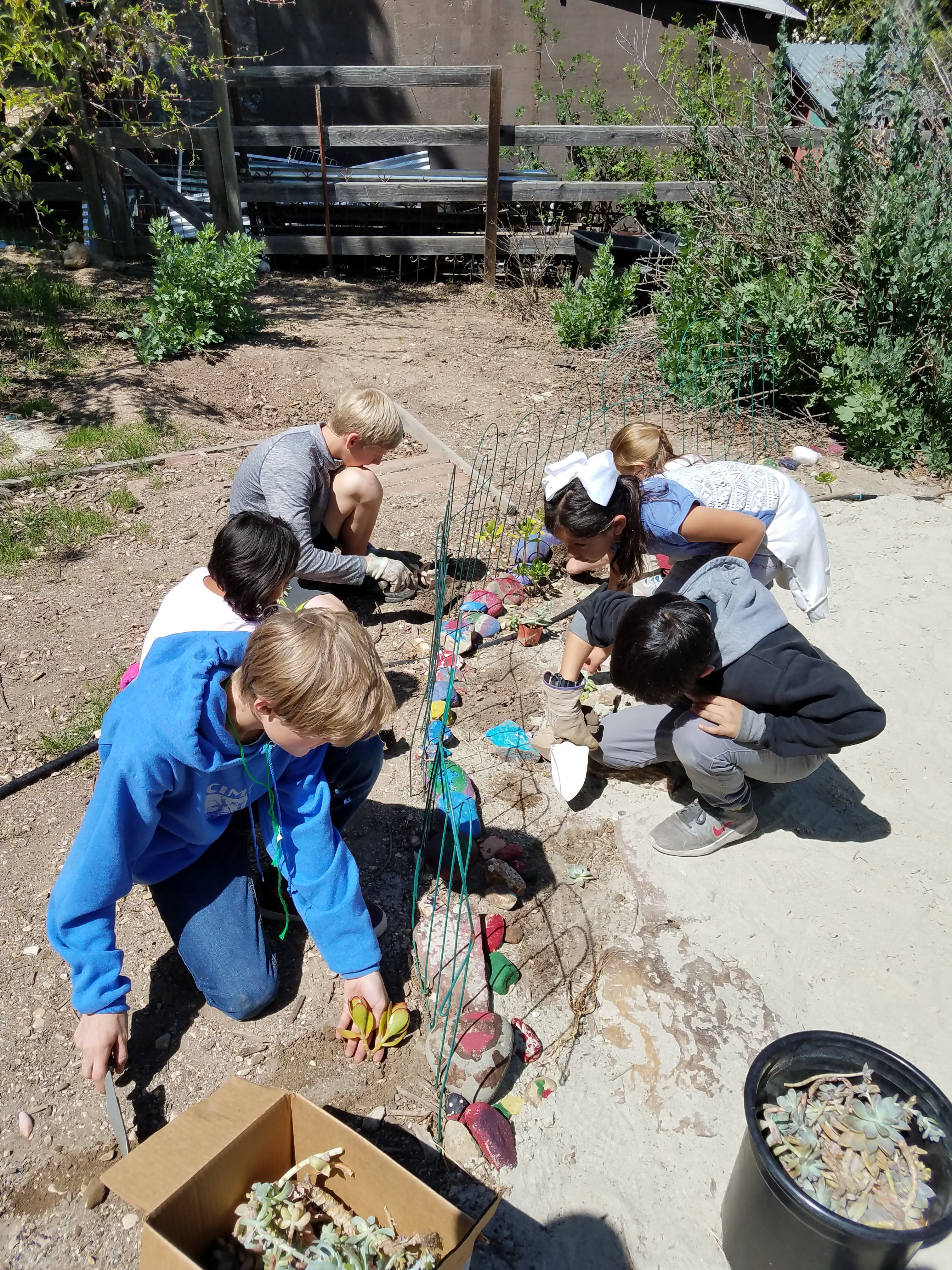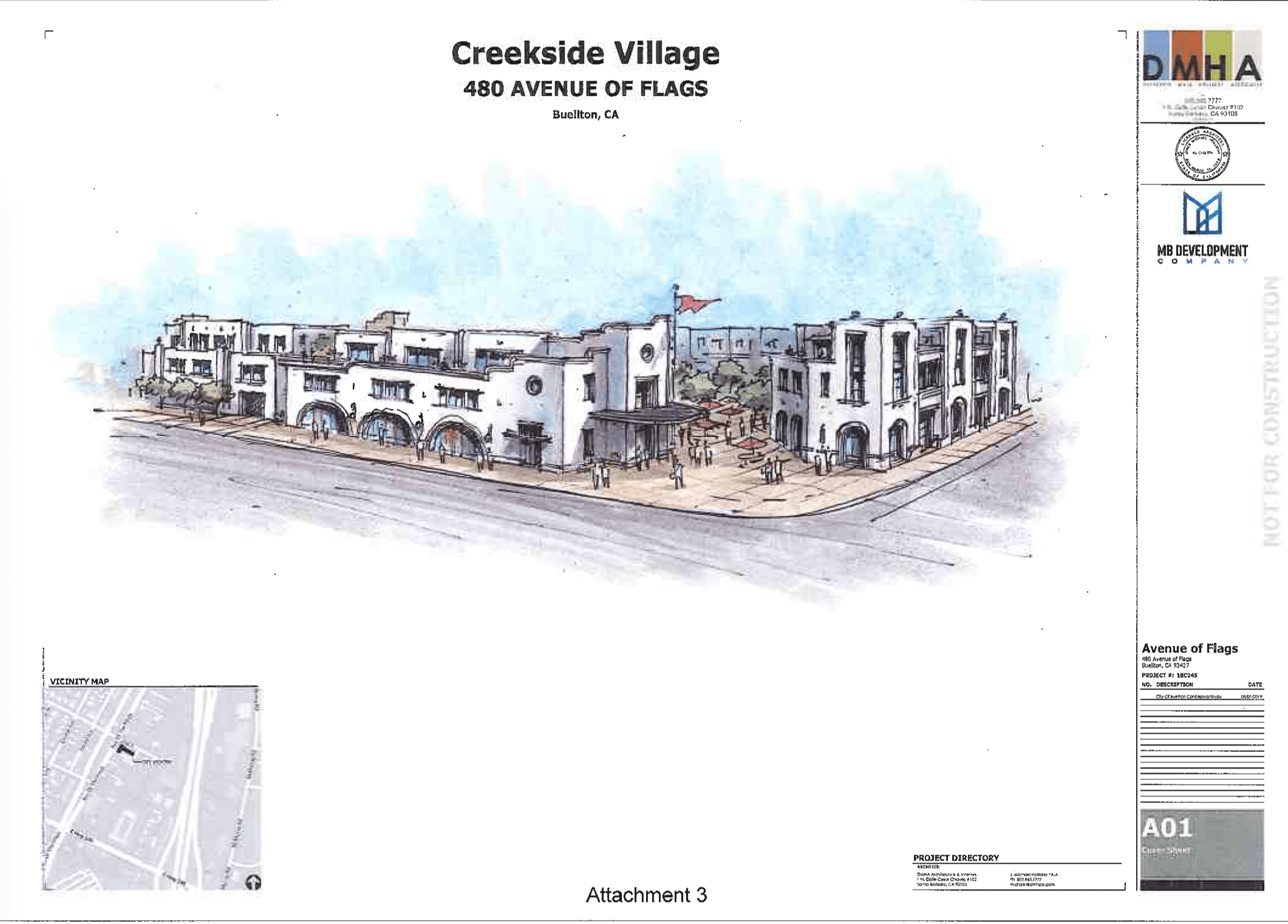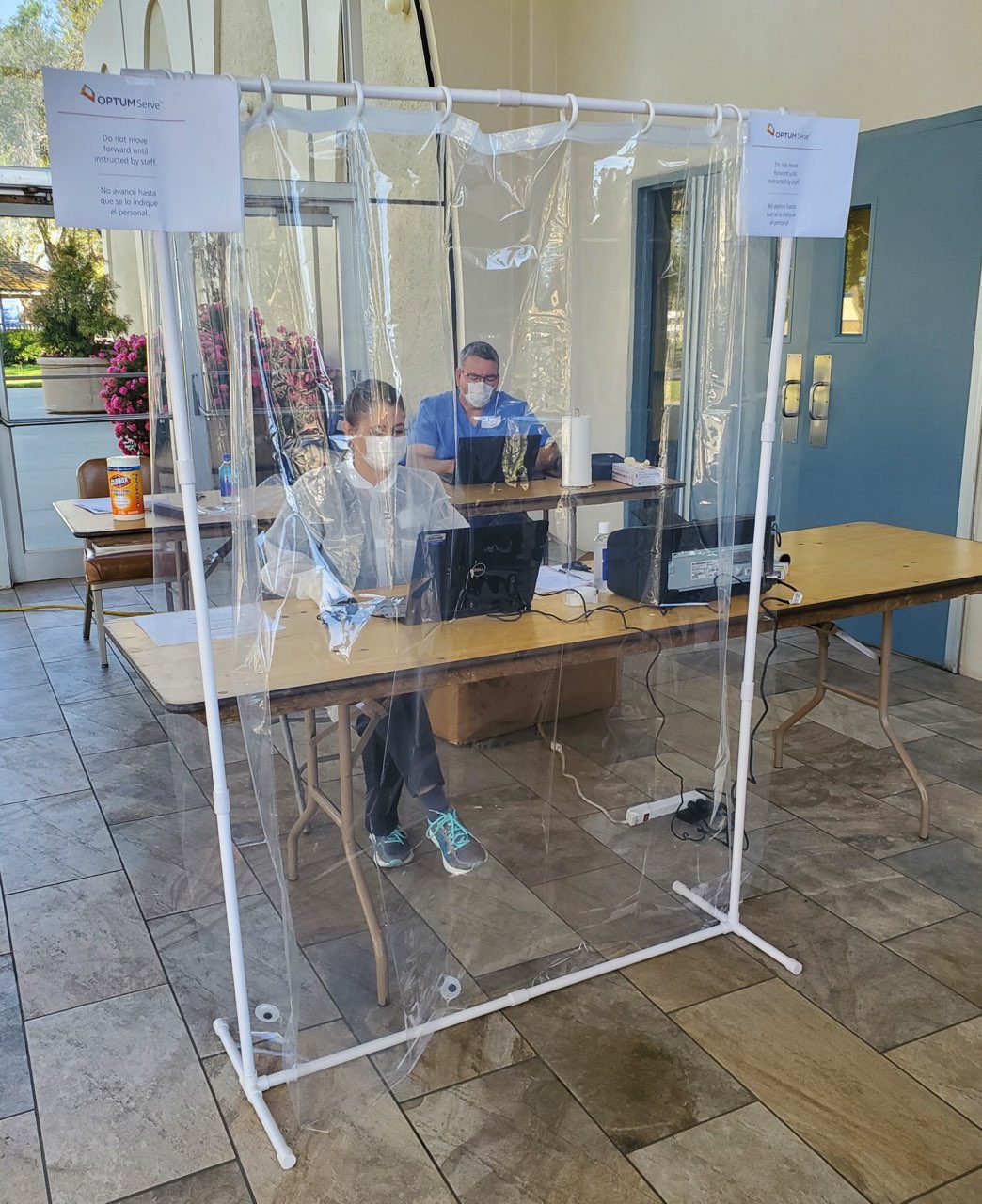Staff Report
Following the Thomas Fire and 1/9 Debris Flow incidents, a group of local agencies have launched the Santa Barbara County Regional Climate Collaborative and are inviting other stakeholders to participate.
These incidents highlight Santa Barbara County’s acute vulnerability to climate change impacts like wildfires and sea level rise, and have awakened the region to the real dangers climate change poses. The collaborative seeks to bring political leaders, practitioners and stakeholders together to coordinate and accelerate solutions to addressing the region’s climate challenges.
“The idea of a collaborative has been in the works over the past two years,” said Chair of the Board of Supervisors and 2nd District Supervisor Gregg Hart. “We have been working closely with our local government and local agency partners for a long time and want to bring in other sectors and stakeholders.”
The Board of Supervisors has provided startup funds for two years to form the collaborative for the purpose of developing more regional approaches to advancing climate mitigation and resiliency efforts and to update the county’s Energy and Climate Action Plan (ECAP) to meet aggressive greenhouse gas reduction targets.
The county, which is serving as the collaborative’s manager, is seeking to establish a steering committee that will formalize the collaborative by approving its governing document and membership structure. Subcommittees will specialize in identifying and developing specific solutions to regional challenges. Interested stakeholders can apply to participate on the steering committee or on a subcommittee at countyofsb.org/collaborative.
Increased temperatures coupled with a projected decrease in annual rainfall will continue to challenge water use and groundwater management. Sea level rise that could reach almost 2 feet by 2050 already threatens most of the South Coast’s iconic beaches and bluffs.
“These challenges are regional in nature and require a coordinated, regional approach to be addressed,” said 3rd District Supervisor Joan Hartmann. “We invite all agencies, organizations, and businesses to join us in creating an equitable and climate-resilient Santa Barbara County.”
The collaborative builds on existing collaborations. In 2019, Santa Barbara County and the cities of Santa Barbara, Goleta and Carpinteria prepared Strategic Energy Plans to increase energy efficiency and local renewable energy. The county is also supporting the Community Environmental Council in hosting a series of Climate Resilience Roundtables, covering the six primary climate hazards identified by the California’s Fourth Climate Assessment.
The new collaborative will also enable the region to attract additional investments as California state agencies turn their attention to regional approaches. The Santa Barbara County Regional Climate Collaborative joins eight existing regional climate collaboratives in California, including the Central Coast Climate Collaborative that spans from Santa Cruz to Ventura County.







